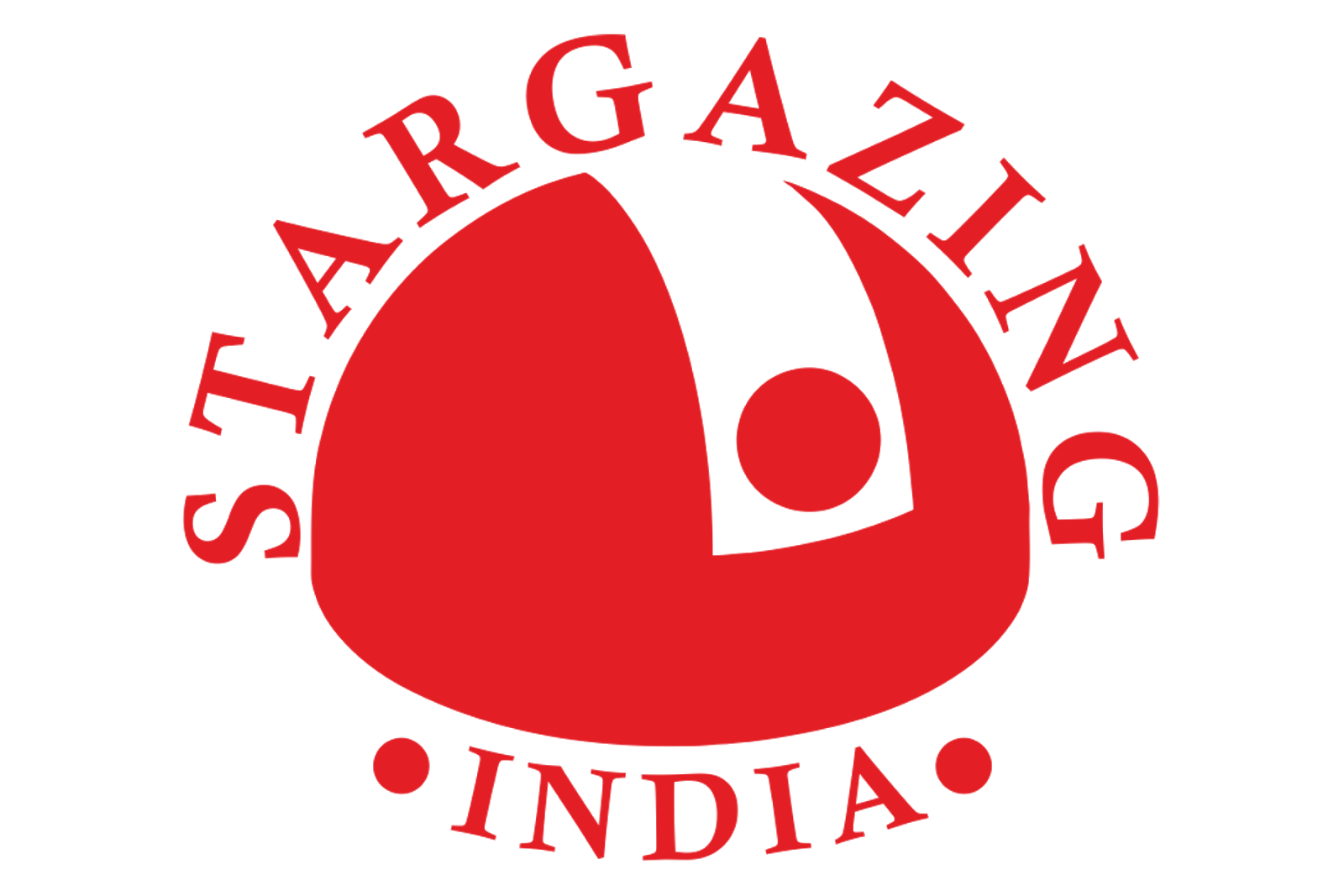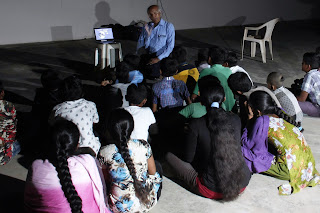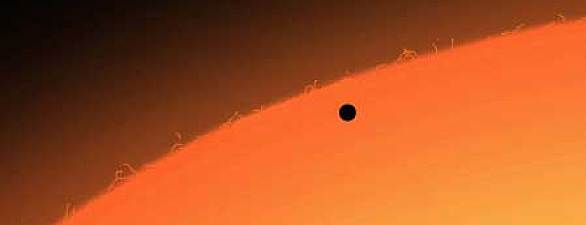How to See Five Planets Align in the Morning Sky
If you look at the right time, the moon will also be a part of the cosmic parade.
Skywatchers will soon have a rare opportunity to view five bright planets in the morning sky.
Over the next two weeks, five planets will line up for a cosmic dance that will dazzle skywatchers all over the world.
Mercury, Venus, Mars, Jupiter, and Saturn are aligning for the first time in over a decade, and there’s no need for telescopes or binoculars to see the event, since all five planets will look like bright stars in the morning twilight.
On January 28, the moon will join the five visible planets in the dawn sky, first stopping by Jupiter, high in the sky
While many early risers may have noticed some of the planets days ago, the best time to look will be from Saturday, January 23 through the end of the first week of February.
During those days, there will be a narrow window in which to catch Mercury in line with the others. If you look too early, it’ll be hidden below the horizon. If you look too late, it’ll be washed out by sunlight. The prime time to see it and the other planets will be about 30 to 60 minutes before local sunrise. Since Mercury will be very low in the southeast
(the same direction as the rising sun), make sure to find a viewing spot with a clear view of the horizon.
Venus, the brightest of all the visible planets, will appear to the upper right of Mercury.
On January 22nd, the two planets will be separated by about 10 degrees, equal to about the width of your fist at arm’s length.
By February 10 the two planets will be less than 5 degrees apart, or about the width of your three middle fingers at arm’s length.
The planetary alignment visible in Earth’s skies is due to the relative positions of the planets in their orbits around the sun.
The other three planets will be further to the upper right of Venus. Yellow-colored Saturn, a bit dimmer than Venus, comes first. If you have a telescope, this will be a good time to train it at Saturn and marvel at the planet’s magnificent rings and brighter moons.
Mars will appear to Saturn’s right, looking bright orange, with Jupiter off to its far upper right, completing the alignment high in the sky. Binoculars will show off Jupiter’s four largest moons, which were first seen by Galileo in 1609 with the newly invented telescope.
The entire lineup of planets spans some 110 degrees—more than half of the locally visible skyline.
The planets’ simultaneous visibility in one part of our sky is due to their positions in their respective orbits relative to Earth and the Sun.
By February 6, the thin crescent moon will pose with brilliant Venus and Mercury low in the southeast at dawn.
As an added bonus, the moon will play cosmic hopscotch, jumping from one planet to the next, offering an amazing photo opportunity for sky hounds.
The moon will first pair up with Jupiter on January 27 and 28, then it will park itself next to Mars on February 1,
Saturn on February 3, Venus on February 5, and finally Mercury on February 6.
If you miss this alignment, your next chance to so easily see a grand parade of five planets will be in July 2020.
Clear skies!
For more information
Whatsap 9428220472
Narendra Gor
Kutch Astronomy Club
✨����

















